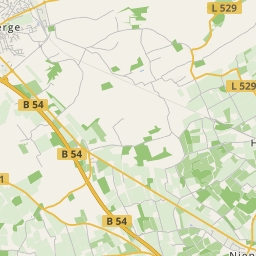

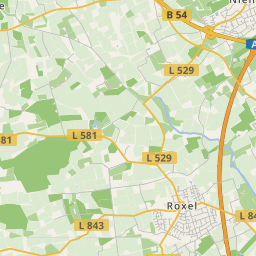





















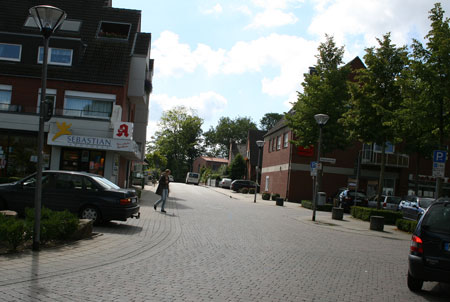
Nienberge is a north-western living area (district) of Münster (Westphalia). In the course of the communal local government reform on the 1st of January 1975, the formerly independent community was incorporated into Münster and belongs to the district West since then. Nienberge is situated directly at the exit of Münster-Nord, the motorway 1 as well as at the Bundesstraße 54.
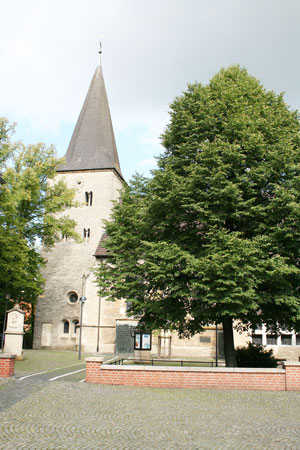
In the Nienberge village Häger is the train station Nienberge-Häger at the railway line Münster–Gronau situated. In the north of Nienberge has the Nienberge Brook its source and in the southwest, are the two small rivers, the Aa and the Hunnebecke, which feed into Münster's Lake Aa. The Aa also forms the southern border to the district Roxel. On a surface of nearly 28 km² live around 7000 people. Nienberge borders in the east onto the districts Sprakel and Kinderhaus as well as in the south onto Gievenbeck and Roxel (named clockwise).
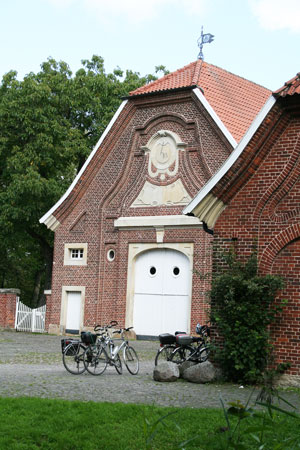
The Münster district is characterised by predominantly residential and agricultural used surrounding area. Well worth seeing is, among others, the Catholic parish church St. Sebastian with late-Romanesque tower (around 1200), as well as the late-Gothic nave (1499) and the Baroque House Rüschhaus built by Johann Conrad Schlaun, which later served as the residence of the poet Annette von Droste-Hülshoff.